
Hello~ 沙丘研究所(Dunes Workshop)是一个独立的线上原创内容发布平台,内容有关于城市、建筑、文学、艺术以及留学生活,成员来自哈佛大学设计学院以及麻省理工大学设计学院。 同样,欢迎关注我们的微信公众号“沙丘研究所”,第一手的推送内容会发布在这里;以及 Instagram账号@dunes.workshop 第一手的图像/视频内容将会发布在这里。
The pioneering spirit hidden in "atomic punk"
This post comes from new Dune member Jeff. On the surface, the article looks like a popular science and introduction to a certain subcultural genre, but after careful reading, I believe everyone can realize that the author actually wants to draw some more complicated things from the word "atomic punk". It also tries to question our future - this is a holistic reflection that combines three aspects of technicalism, sci-fi narrative and aesthetic expression.
write in front
As a concept that is not well-known to the public, "atompunk" is difficult to directly associate with corresponding information or labels in people's minds when it is mentioned. It is easy to be confused when reading this article without understanding this concept. Here is a brief introduction to you.
First of all, we need to mention "cyberpunk" (cyberpunk), the word "cyberpunk" was first coined by Bruce Bethke in 1980 (the novel "cyberpunk" of the same name), such as "atompunk", "steampunk", "clockpunk", "dieselpunk" ", etc. are all derived styles of "cyberpunk". "cyberpunk" was born directly out of the digital information age we are still in. The other derived "**punk" cultures are almost all reflections of the old times, and are retrospectives of the cultures that already existed.
Due to space reasons, the elements and information involved in a thorough discussion of "atomic punk" (including various derivative "punk") are more complicated, and I think the final opinion will be relatively subjective. These derivative "punk" cultures are not like "cyberpunk" itself, which is a relatively mature system. It has a lot of clear text and image information and well-known works of art as support. I also think that more Complement and discussion of these derived "punk". The "atomic punk" mentioned in this article is also my personal understanding of this concept, focusing on "the emotional changes of human beings to applied technology since the atomic age".
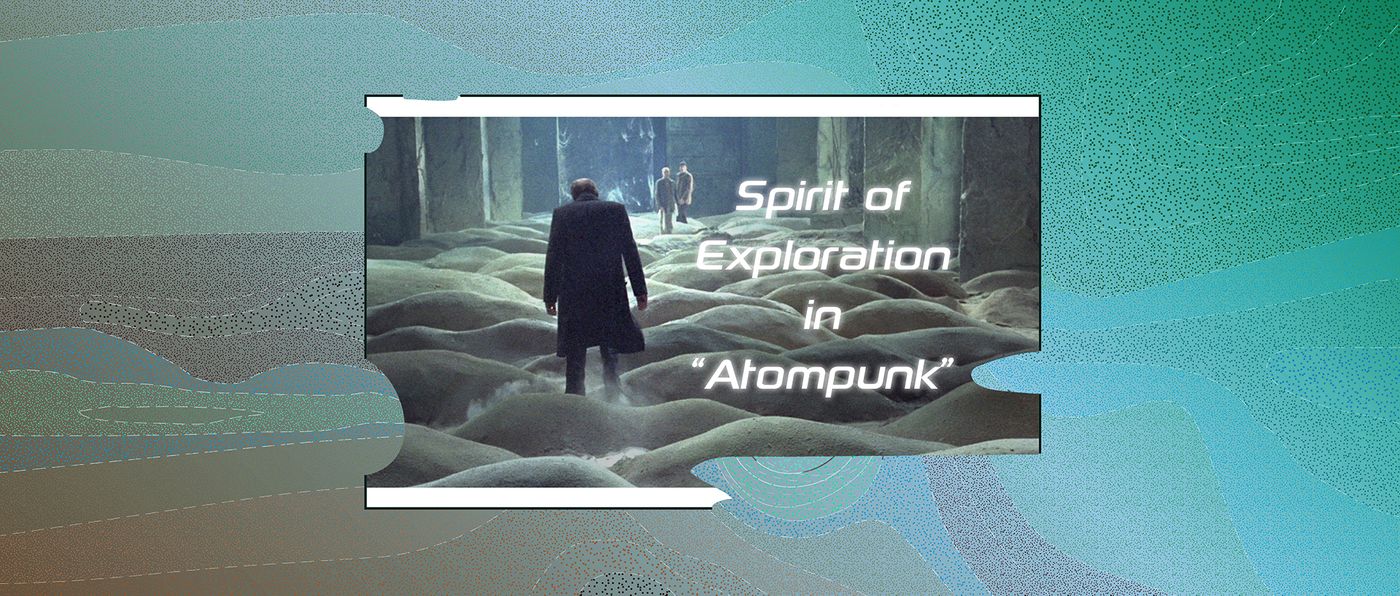
01 The golden age of techno-optimism and sci-fi
In the middle of the 20th century, due to the technological innovation during World War II and the accumulation of basic scientific theories, mankind ushered in the third scientific and technological revolution, and applied technology began to develop rapidly accordingly. With the gradual maturity of atomic energy technology, the leading countries—mainly the United States and the former Soviet Union—have officially entered the atomic age, which has also opened the prelude to the space age. At that time, the words in the newspapers were full of "satellite", "manned spaceflight", "commercial nuclear power plant", "moon landing"... All signs seem to indicate that human civilization is bound to move to a new height.
Although there were conflicts and crises within human beings at that time, when human beings as a whole looked out, this race was excited, optimistic, and ambitious for the future. The impact of technological progress quickly permeated popular culture, and people's worldviews were filled with fanatical fantasies of cosmic exploration and space colonization. Suspended cars, bubble hoods, robotic servants, nuclear power applications, interstellar travel, flash cities, these elements were everywhere in the press, television and magazine pictorial of the day.

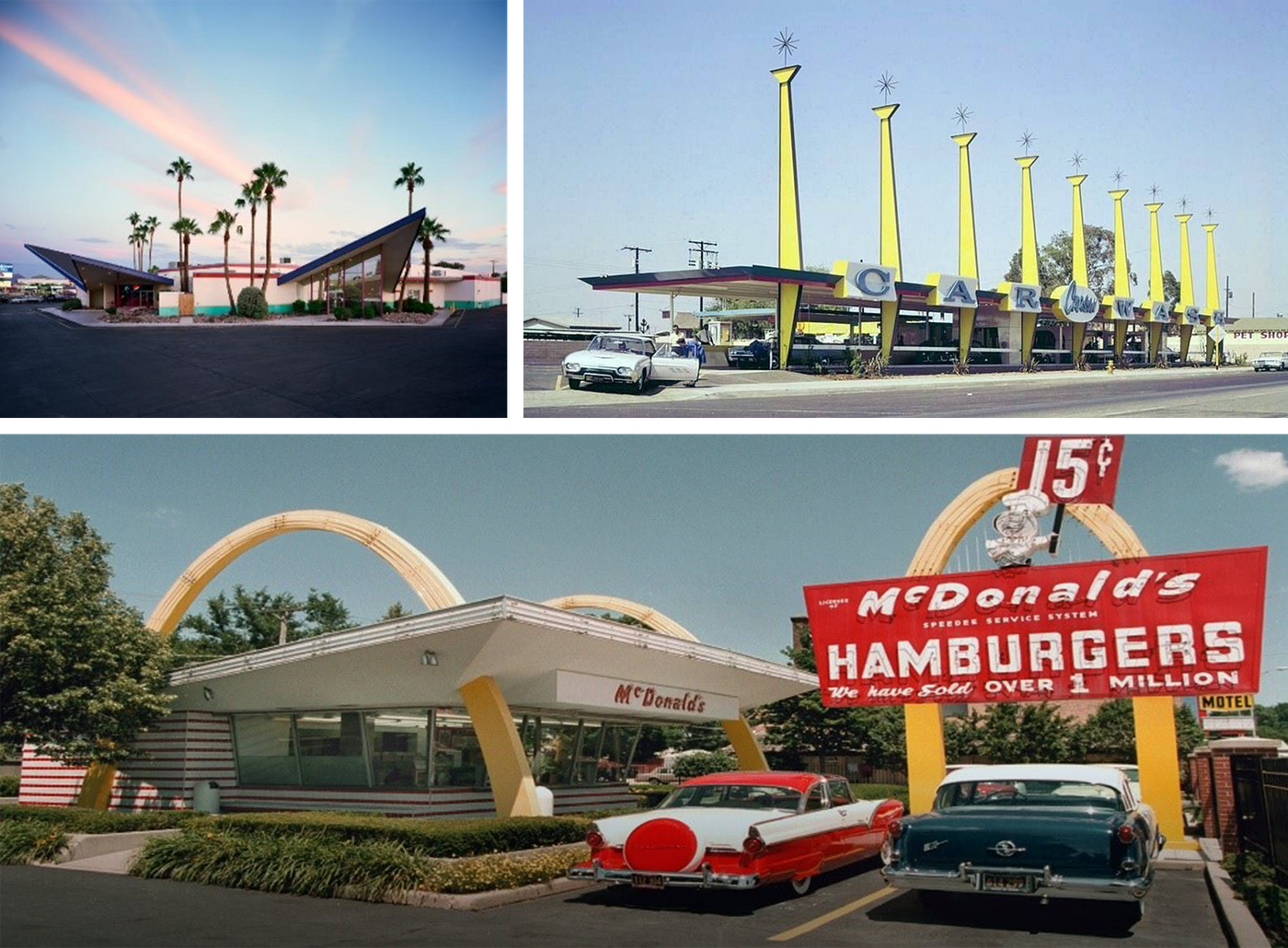

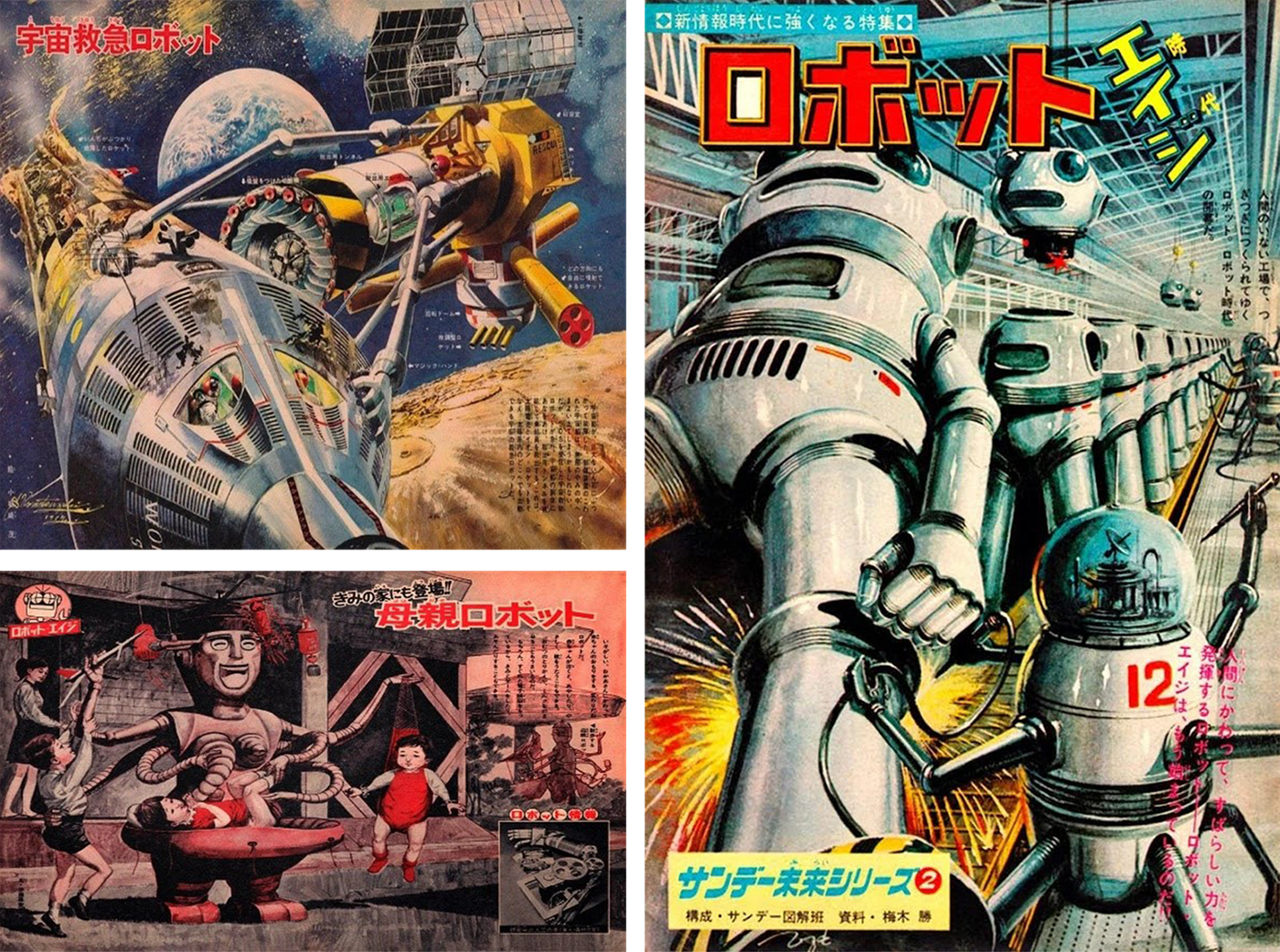
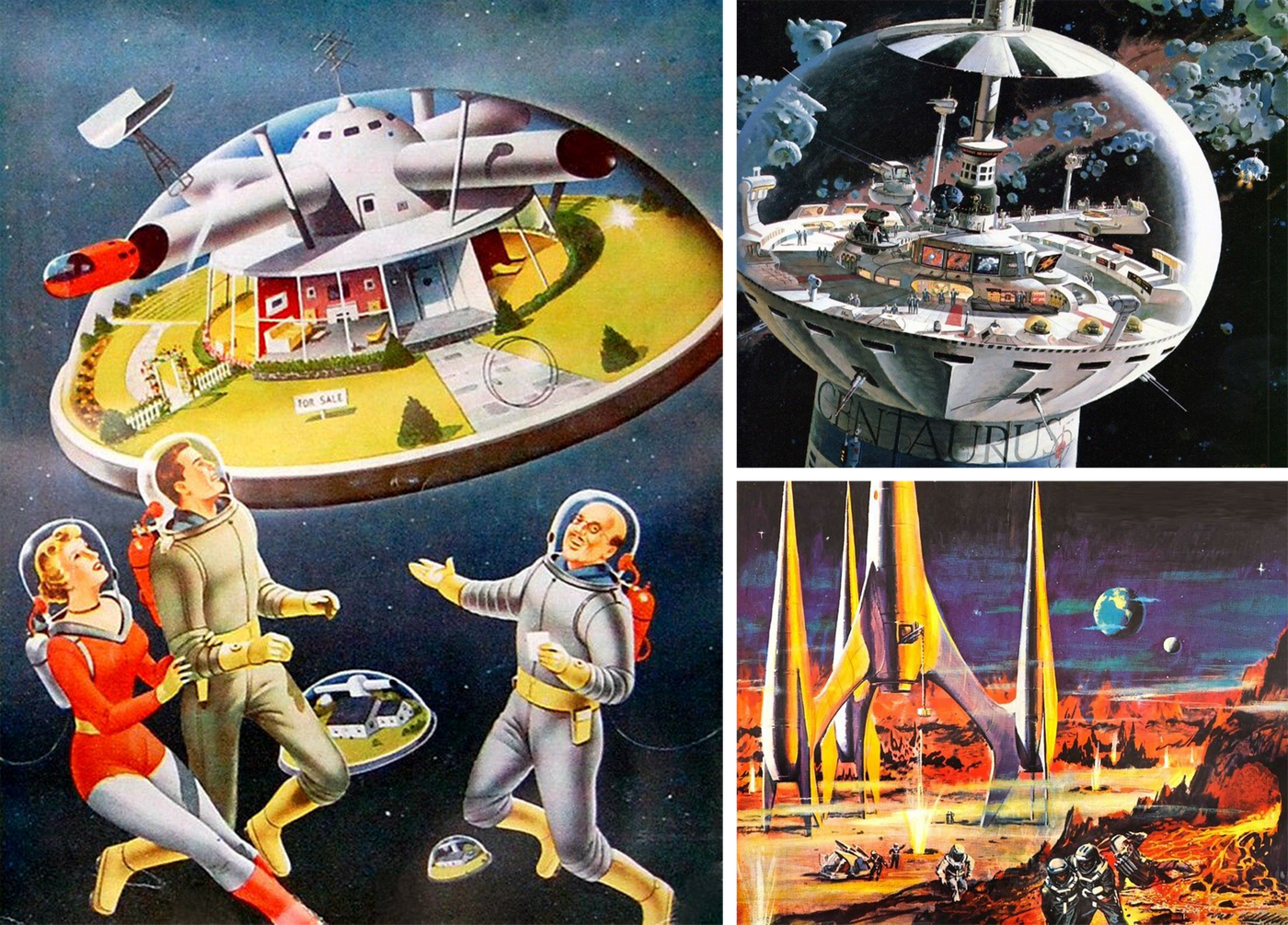
That era was also the golden age of science fiction literature, with bright stars and masterpieces emerging. Countless masters and classics emerge one after another. Science fiction works decades later may have new achievements in terms of complexity, media, and form, but in general, it seems that it is still difficult to catch up with the group of giants decades ago in terms of aura and macro imagination. —Robert Heinlein, Isaac Asimov, Roger Zelazny, Arthur Clarke, Sturt The Strugatsky Brothers, Orson Card, Stanislaw Lem…
Under the pen of these writers, there seems to be no bottleneck in the development of science and technology. In many cases, interstellar navigation usually plays an indispensable part in the future of mankind. In the "Base" series, human civilization has completed the colonization of millions of planets in the Milky Way; in "Rendezvous with Rama", humans in the 22nd century actively contact alien civilizations through space navigation; in "2001 A Space Odyssey" , human beings have matured and mastered the navigation technology in the solar system long before the millennium, and the round-trip travel between planets has also been commercialized.
In these works, we can feel the enthusiasm and vigor unique to that era. At the same time, the masters had already jumped out of the mere guessing of the technology itself at that time. They directly projected their thinking into the field of philosophy and explored the ultimate problem and chaos itself. The stars are no longer the final destination in their eyes.

02 Atomic Punk: A pessimistic re-enactment of a futuristic fantasy
Perhaps the pioneers went too far in the beginning, and the momentum of the fantasies began to slow down in the following decades.
Technological optimism has been thwarted by reality. With the impact of negative events such as the Vietnam War, the Cuban nuclear crisis, the energy crisis, the Space Shuttle Challenger disaster, the Chernobyl incident, the deterioration of the ecological environment, etc., people are beginning to question whether applied science will still be as promised, through technology Progress benefits mankind. In addition, the protracted Cold War between the East and the West at that time brought increasingly sharp ideological confrontation, and Western countries led by the United States gradually fell into anti-Communist sentiment and panic over the persecution of the Red Soviets. In the early days of the technological explosion, the lofty ambition of "If we can split the atom, we can do anything." gradually faded into doubt and pessimism.
New era conditions and group spirits always accompany new artistic genres. During this period, the style that later generations called "atompunk" gradually sprouted around the world.
Atomic punk itself is a broad and general concept, which is rooted in the "atomic age" (space age) after World War II, and inherits the technical form and aesthetic style of the atomic age. With the gradual desolation of the atomic age, atom punk, as an artistic expression of "retro futurism", recalls and recreates the futurism in the middle of the last century from a new perspective. The art works involved in the atomic punk style are usually regarded as a pessimistic reappearance of human beings' fantasy of the future in the early atomic age, usually with a decadent and rebellious "punk" color, and discuss the ruin culture in the dystopian fictional world.
Images that were once full of high spirits found a rebirth in a decaying style – in stark contrast to the futurism of yesteryear, in the atomic punk world picture, nuclear energy was only left with post-nuclear wasteland, levitating cars. The driving environment has changed from a sci-fi futuristic city to a dim ruin full of radioactive substances. The "bubble head cover", which was originally a symbol of space colonization, has also been transformed into a protective device used to isolate nuclear radiation. In atom-punk-style works, it is often assumed that technology (like nuclear technology) will ultimately bring destruction to human beings, or to the living environment itself.
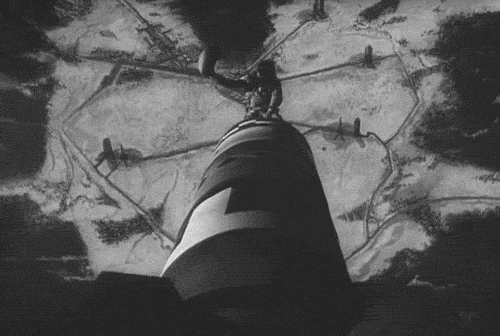


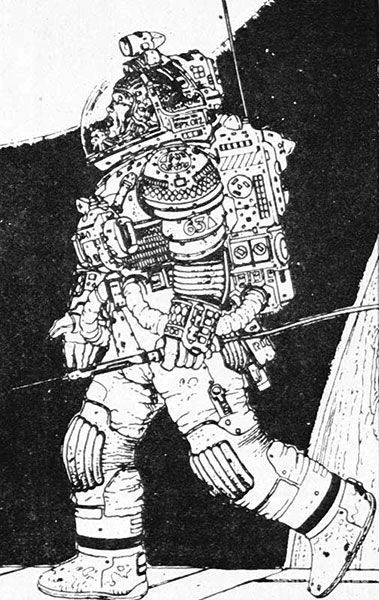
03 Movie "Stalker" and novel "Roadside Picnic"
It is worth pondering that there is a movie that is often mentioned when talking about atom punk: the sci-fi movie "Stalker" (Сталкер, Stalker) directed by the former Soviet film master Andrei Tarkovsky. Different from the sci-fi movies that audiences are accustomed to today, "Stalker" has almost no dazzling and magnificent visual effects or physical sets, and it is ostensibly not related to the atom punk style. Even if there are atomic punk-like features such as sewage, sand dunes, industrial ruins, fog-filled wilderness, and dilapidated concrete buildings, the sci-fi elements in the movie are almost negligible. These scenes are filled with mysterious and obscure metaphors under the director's quiet and lengthy camera movements. Every silent stare and every damp noise builds up countless grotesque moods in the film. Under Tarkovsky's strong personal style of moving the mirror, "Stalker" is not so much a science fiction movie, but actually more like a strange long poem written in a profound lens language.

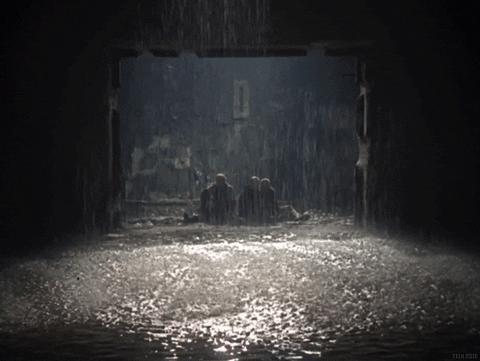

However, to understand the deep connection between "Stalker" and atomic punk, we might as well continue to trace the original novel "Roadside Picnic" by the former Soviet science fiction writers Strugatsky brothers. This is the blueprint for the movie.
Just as the movie Stalker is largely anti-genre, the science fiction "Roadside Picnic" is unique and difficult to generalize. This work is based on the Tunguska explosion, and tells the story of an alien civilization passing by the earth, leaving the remains of a visit on the edge of a small town and then leaving quietly. The protagonist Reid is an assistant researcher at the Institute of Extraterrestrial Culture, secretly working as a "stalker", that is, sneaking into the "visit belt" to search for alien objects and bring them out for reselling. The zone is littered with countless alien tech items: self-reproducing perpetual batteries, the ring, and space-warping "black sparks" , The legendary "golden sphere" that can fulfill any wish. But at the same time, it is also filled with many bizarre traps that are difficult for humans to understand: gravity-altering "bug traps", "hell slime" that can penetrate and assimilate almost any substance, and lethal rays. The "death lamp" (death lamp), the translucent "grinder" (grinder) that instantly distorts living things. Under such a setting, "Stalker" is actually a highly dangerous profession. Because the places they wander are full of hope and surprise, but also full of nightmares and crises. "Stalker" Reid travels through the advanced technological ruins of alien relics, doing activities that are not proportional to the risks, dealing with law enforcement agencies and deadly environments.

It can be said that the tone of the whole work of "Roadside Picnic" is pessimistic and hopeless. There is a meaning between the lines - even if human beings have used technology that surpasses contemporary technology for hundreds of years or even longer, adversity and disaster will still go hand in hand with people. The protagonist Rhett lives in poverty and has a lost future. He relies on his work as an assistant researcher and "sideline" to maintain his family's livelihood. Like other children in the city, his own daughter is also seriously ill from the influence of alien relics. Like the characters in Dostoevsky's writings, Reid struggled in a miserable and chaotic life, almost with a tendency of self-destruction, diving into the "visit zone" again and again to explore. However, under the gloomy tone that almost runs through the whole text, the novel unexpectedly reveals a hint of hope from the gap at the end.
A strange and new feeling overwhelmed him. But he knew in his heart that this feeling was actually not unfamiliar at all. It had been lurking in his heart for a long time, but it was only now that he realized it. Everything came naturally. What seemed so absurd, and that unhinged, nonsense old man, turned out to be his only hope, his only meaning in life. Because he finally understood: the only thing he has in this world, the only driving force he has depended on for a few months, is the expectation of a miracle.
A fool like him always shuts out hope, trampling on it, laughing at it, drinking to ease his worries, because that's how he lived in the past. When he was young, he could not rely on anyone but himself, and the standard for measuring independence in childhood was to see how much money he could seize and withdraw from the indifferent and chaotic environment around him. This has always been the case. If he hadn't fallen into a bottomless pit, no amount of money would be enough to pull him out, and he couldn't do anything on his own, this situation would have continued. Now, this kind of expectation—it is no longer an expectation, but a belief in the occurrence of a miracle—filled his heart, and he was surprised that he had survived so much in this darkness that had no way out and could not be traversed. Long.
And this passage almost bluntly reveals the spark of hope hidden in the pessimistic tone of "atomic punk".
04 The Tinder of Hope
"Atomic punk" usually expresses a question and question throughout history with extreme and heavy works: Can human beings use applied technology correctly so that the development of technology can truly improve rather than harm our well-being? It quenched the fire of hope for exploration and development in the mid-20th century with utterly negative despair. However, even so, we can still find the obsession with the "unknown" from the clues left inadvertently in some works. In the works of the atom-punk derivative style "Laser Gothic", we can also see that the desire to explore the distance and the depths of the universe has been deeply rooted in human nature.
The comics by French artist Philippe Druillet have an eerie, dark atmosphere, dashing colors and intricate details to reveal an unusual, even slightly bizarre, space opera. And in this bizarre personal style, what we can see is the pioneering spirit packaged as "hunting for curiosity". In "The 6 Voyages", the protagonist's Odysseus-like difficult journey still contains the author's yearning for the starry sky and the future.

Since the 1980s, the "space age" has gradually shifted to the "introverted age"—human beings gradually shifted the focus of applied technology from space exploration to digital information technology from the outside to the interior. It was also during this period that "Cyber "Punk" (cyberpunk) gradually entered the mainstream vision. In fact, compared with atom punk, both are based on "how technology will ultimately affect civilization" as the core. However, in terms of artistic expression, cyberpunk mostly explores the fusion and conflict between human beings, including the body and consciousness and highly developed technology, and seeks the identity of human beings in dystopian artistic fantasy. Cyberpunk is implicit and introverted. Like an elder, it examines human beings and man-made objects from a retrospective perspective, carefully and solemnly searching for the essence of the human soul. It is also negative and pessimistic, and works of art are often full of confusion and confusion. This decadent, down-to-earth atmosphere is also characteristic of the "punk" art style. So in this perspective, atom punk and cyberpunk are similar, related but not the same - because the appeal for pioneering and exploration suppressed under the pessimistic surface is unique to atom punk.
So far, people have always felt regret and regret for the "space age" that hastily disappeared shortly after entering the stage of history, but their fantasies about the starry sky have never been extinguished. "The End of the Eternity" (The End of the Eternity) described in the book "human civilization without interstellar travel will eventually be destroyed" may be a bit shocking, but it can also be seen in the science fiction master Asimov. In the cognition of human beings, the instinctive desire for development of human beings occupies an extremely heavy weight in human nature.
Traveling among the stars and exploring the universe is always just a concrete manifestation of people's pioneering spirit. These fantasies and longings carry the most extravagant romances of this era. I believe that most people are still looking forward to the return of the "space age", but after all, we can't pin all our feelings on foreign objects, and in fact we don't need to. As written in Roadside Picnic:
"You ask me what makes human beings great?"
"Because he transformed nature? Because he harnessed the power of the universe? Because he conquered the earth in a short period of time and opened a window to the universe? No! Even so, the real reason is that he has survived to this day, and Decided to continue living in the future."
Like my work?
Don't forget to support or like, so I know you are with me..
Comment…